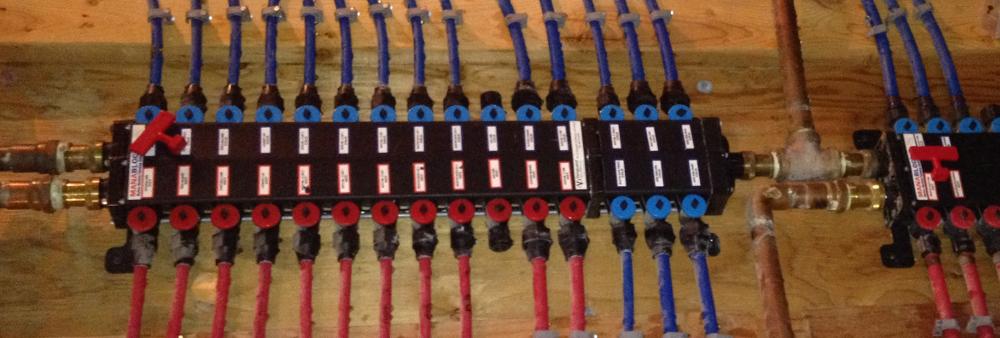Selecting the appropriate PEX manifold for your plumbing or radiant heating project is of the utmost importance in ensuring a dependable and effective system. With numerous options available in the market, it can be challenging to ascertain which one is the best fit for your specific requirements. In this article, we shall guide you in the process of selecting the proper PEX manifold for your project by examining various manifold types, assessing your project’s specific needs, and discussing factors such as installation, budget, and manufacturer-related considerations.
Comprehending PEX Manifold Types
Before you can make an informed decision regarding the ideal PEX manifold for your project, it’s critical to understand the various types of manifolds available and their corresponding applications.
Supply and Return Manifolds:
These are widely used in radiant heating systems. Supply manifolds dispense heated water to various zones, while return manifolds collect cooled water for reheating. These manifolds are designed to function in tandem to provide optimal temperature control and efficiency.
Home-Run Manifolds:
Also known as “parallel” manifolds, home-run manifolds are utilized in plumbing systems where each fixture has a dedicated PEX line running from the manifold. This type affords individual control over water flow and pressure and allows for easy isolation of fixtures during maintenance.
Loop Manifolds:
Loop manifolds are frequently employed in hydronic heating systems and some plumbing applications. They consist of a series of interconnected loops that distribute water evenly across a specific area. This type is ideal for projects with uniform water distribution needs, such as floor heating systems.
Consider Your Project’s Specific Requirements
After gaining insight into the types of PEX manifolds available, you must consider your project’s particular requirements.
Size and Number of Ports:
The size of the manifold and the number of ports will depend on the number of fixtures or zones you need to supply. Ensure that the manifold you choose has enough ports to accommodate your project’s needs and that there is room for expansion if necessary.
Material and Durability:
PEX manifolds are typically fabricated from brass or plastic. Brass manifolds are more durable and can handle higher temperatures, making them ideal for radiant heating systems. Plastic manifolds are corrosion-resistant and more economical, making them an excellent choice for plumbing applications.
Compatibility with PEX Tubing:
Ensure that the manifold you choose is compatible with the PEX tubing you plan to use in your project. PEX tubing comes in various sizes, and some manifolds may only be compatible with specific tubing sizes.
Installation and Maintenance Factors
Consider the ease of installation and maintenance when selecting a PEX manifold. Some manifolds come with pre-assembled components and built-in mounting brackets, simplifying the installation process.
Additionally, choose a manifold that offers easy access to individual ports and valves for convenient maintenance and troubleshooting.
Budget Considerations
Your budget will play a significant role in determining the right PEX manifold for your project. While brass manifolds are more durable, they can also be more expensive than plastic alternatives. Weigh the benefits and drawbacks of each material and find a manifold that meets your quality expectations while staying within your budget.
Manufacturer Reputation and Warranty
When selecting a PEX manifold, consider the reputation of the manufacturer and the warranty they offer. A well-known manufacturer with a strong reputation for quality products is more likely to provide a reliable and durable manifold. Look for a warranty that covers a reasonable period and offers comprehensive coverage for any potential issues.
Consult with Professionals
If you’re uncertain about which PEX manifold is best for your project, seek advice from professionals in the industry. They can offer valuable insights and recommendations based on their experience with different manifold types and project requirements.
Conclusion
In conclusion, selecting the right PEX manifold for your plumbing or radiant heating project requires careful consideration of various factors. Understanding the different types of PEX manifolds, assessing your project’s specific requirements, evaluating installation and maintenance factors, considering your budget, and researching the manufacturer’s reputation and warranty are all crucial in making an informed decision. By consulting with professionals in the industry and taking the time to weigh the benefits and drawbacks of each option, you can select the ideal PEX manifold for your project, ensuring a reliable and efficient system that meets your specific needs.

